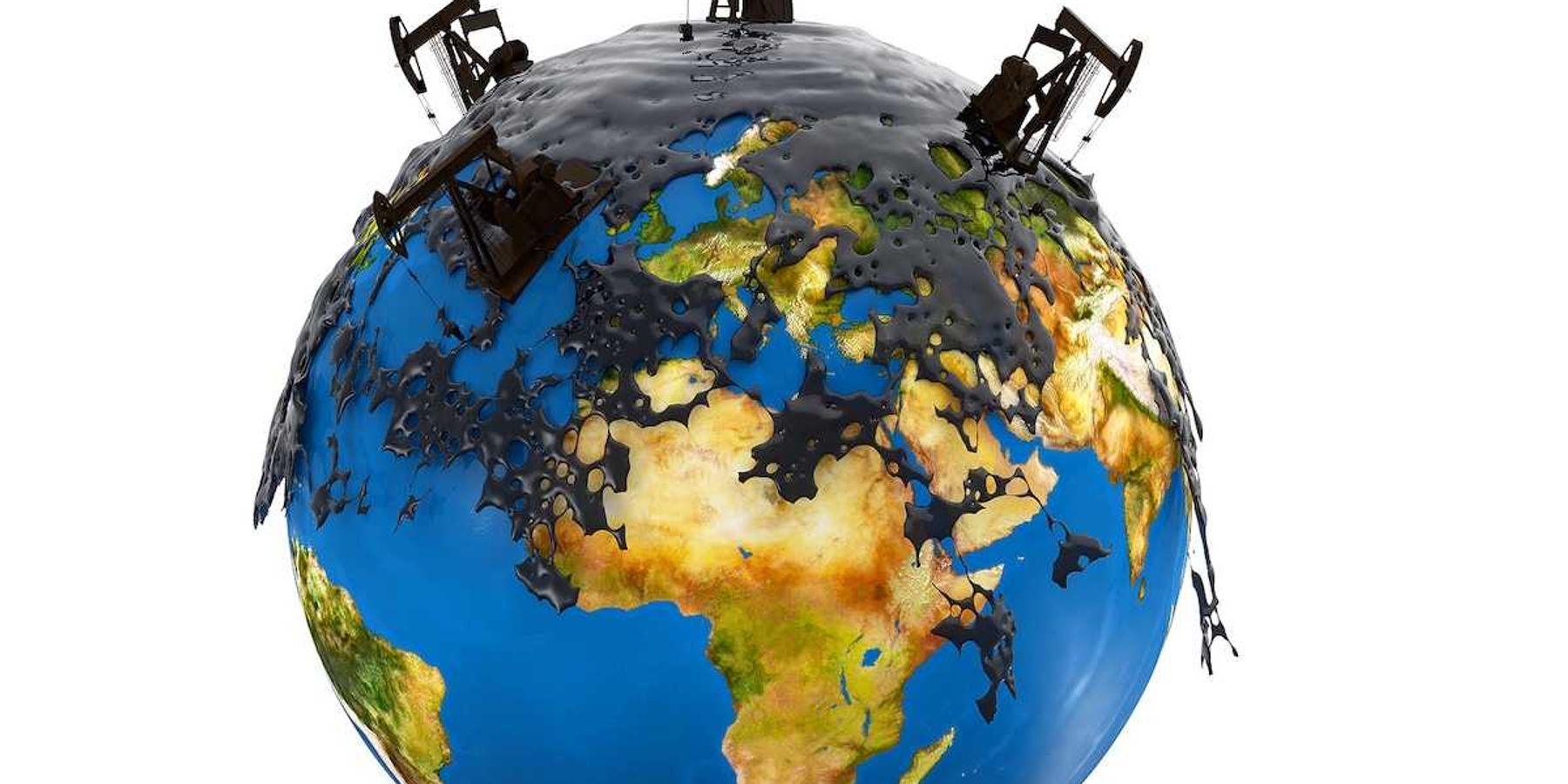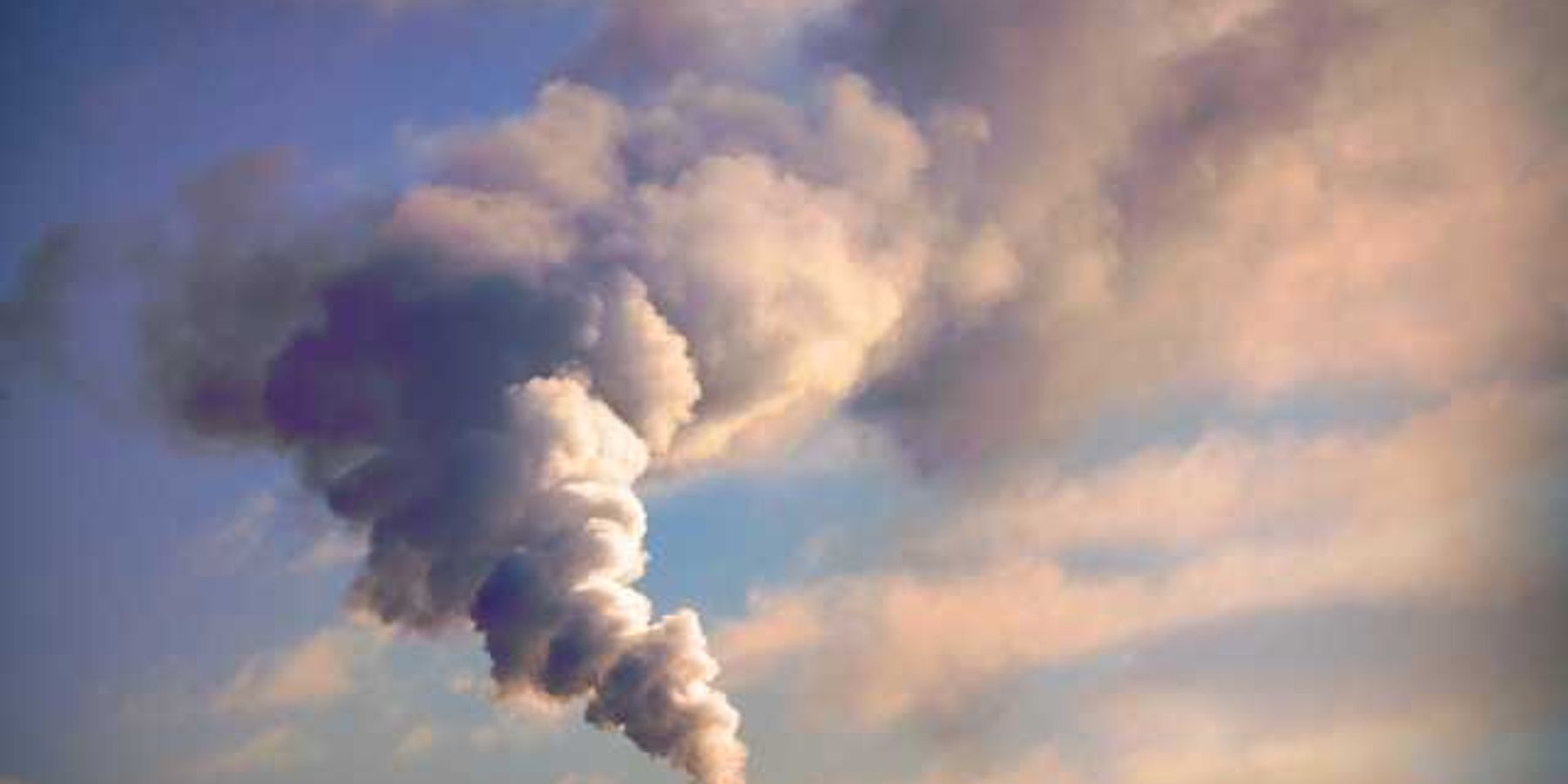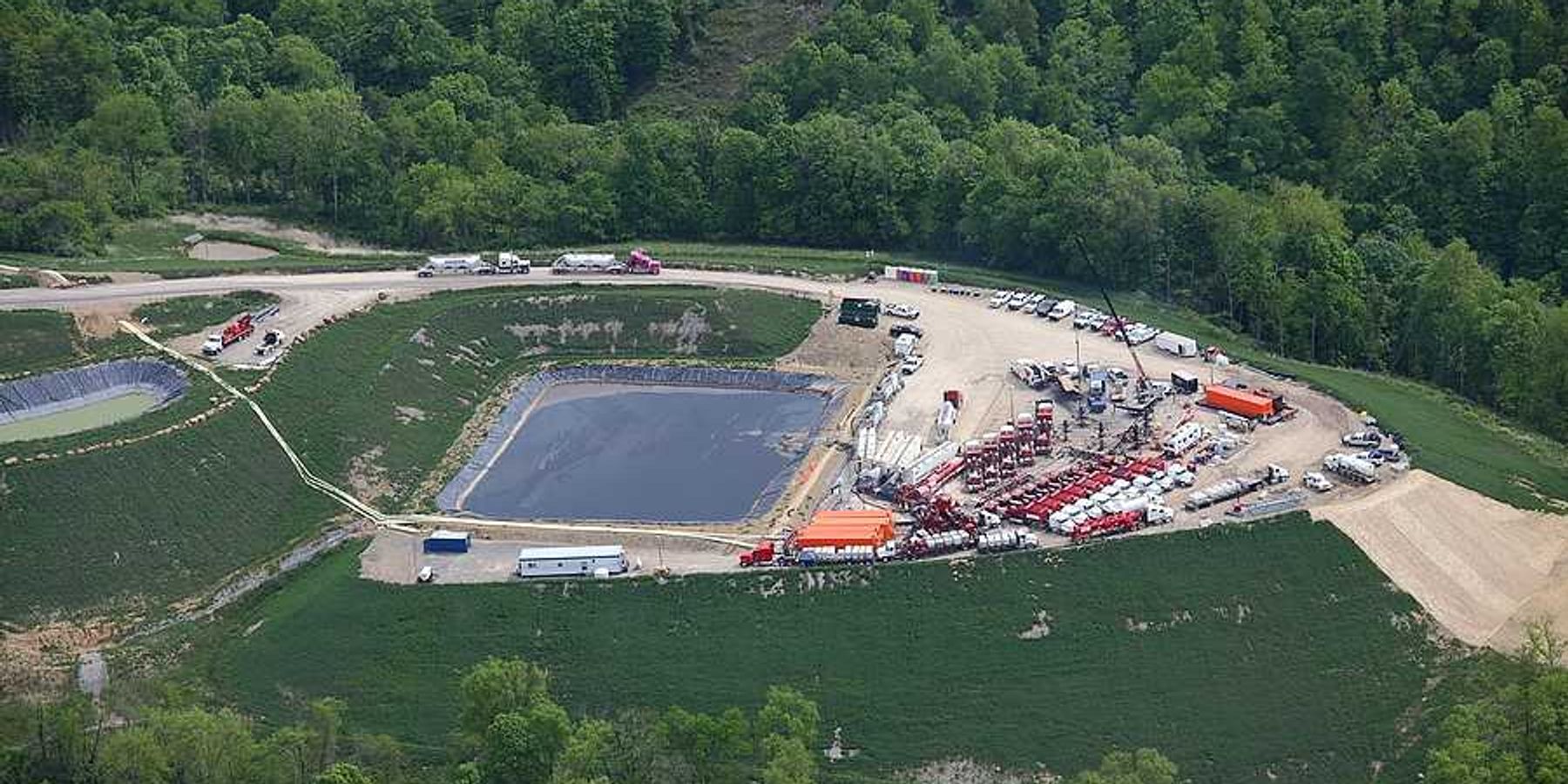Trump administration removes climate information from federal websites
The Trump administration has begun deleting climate science information from federal websites, raising concerns among scientists and watchdog groups about restricted access to critical data.
Bob Berwyn reports for Inside Climate News.
In short:
- The White House, NASA and the State Department have removed or altered climate-related content from their websites, making it harder to access scientific reports.
- A federal research scientist lost funding for a project on air pollution after the State Department issued stop-work orders.
- Watchdog groups fear further suppression of scientific data and interference with research under Trump's policies.
Key quote:
“When you sideline science, it can cost lives and I think we are seeing that with the gag order on health agencies.”
— Darya Minovi, senior analyst at the Union of Concerned Scientists Center for Science and Democracy
Why this matters:
When climate science is removed or buried from public view, the consequences reach far beyond a single country’s borders. Transparency is undermined, making it harder for researchers to verify data or build on previous findings. The loss of easily accessible climate information can also weaken international collaboration, as scientists across the globe rely on U.S. government agencies like NASA, NOAA and the EPA to share critical data on rising temperatures, extreme weather and carbon emissions.
Related: EPA staff brace for potential departures amid Trump’s return













